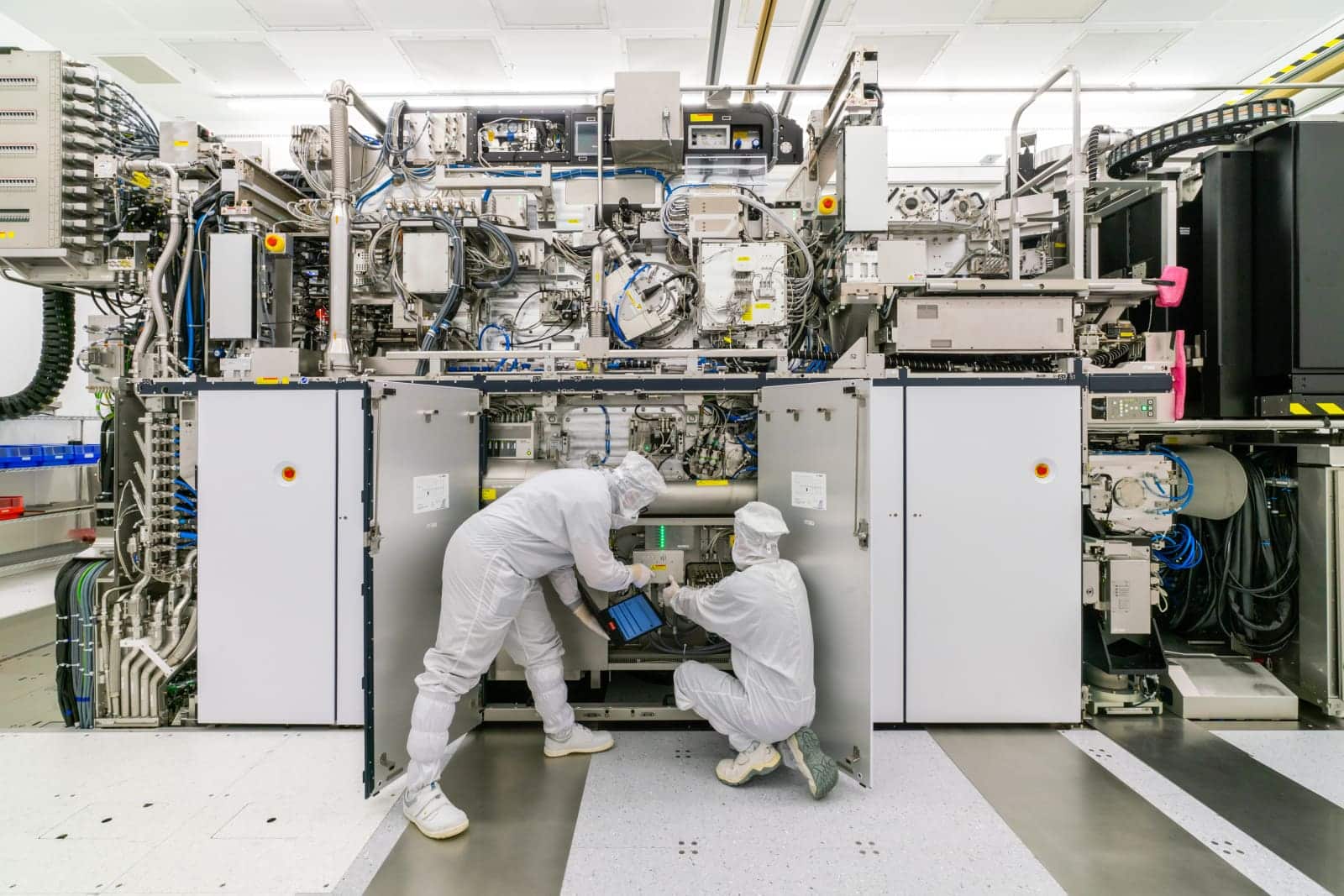The U.S. Department of Commerce, in partnership with Natcast, operator of the National Semiconductor Technology Center (NSTC), has announced the creation of a research and development (R&D) facility at the Albany NanoTech Complex in New York. This initiative, backed by a $825 million investment under the CHIPS for America program, aims to build the first extreme ultraviolet (EUV) lithography accelerator on U.S. soil, a crucial technology in the manufacturing of advanced semiconductors.
With this measure, the United States seeks to reduce its dependence on ASML, the European giant that currently monopolizes the production of EUV lithography equipment, essential for the production of next-generation chips. The project, driven by the Biden Administration, is part of a national strategy to strengthen the semiconductor supply chain and secure the country’s leadership in advanced technology.
A Strategic Investment for Technological Independence
The CHIPS for America program, launched to boost the semiconductor sector, marks a milestone in U.S. industrial policy regarding technology. According to Gina Raimondo, Secretary of Commerce, the Albany facility will provide U.S. researchers and manufacturers with unprecedented access to advanced lithography tools and technologies, accelerating the development of next-generation semiconductors. Raimondo emphasized the importance of this initiative for national security and the country’s technological competitiveness.
Lael Brainard, National Economic Advisor, highlighted that this investment will solidify Albany as a global center for semiconductor innovation. “This $825 million investment from the Biden-Harris Administration will bolster Albany’s leadership as a world-class center for entrepreneurs, researchers, and engineers in semiconductor innovation and R&D,” Brainard stated.
EUV Lithography and the Push for Cutting-Edge Technology
EUV lithography is fundamental for producing increasingly efficient and high-performance chips, enabling the creation of more powerful and advanced devices. The technology, currently dominated by ASML in Europe, is a key piece in the U.S. strategy to reduce prototype development times and costs and strengthen its own semiconductor ecosystem. This domestically manufactured EUV accelerator will provide the NSTC with a platform to accelerate the development of cutting-edge technologies and reduce dependence on foreign suppliers.
Laurie E. Locascio, Under Secretary of Commerce for Standards and Technology, underscored the strategic position of NY CREATES, the collaborating entity in Albany, which has led public-private partnerships in the semiconductor sector for decades. “With over $25 billion invested in R&D, manufacturing, and workforce development, NY CREATES is uniquely positioned to support the NSTC’s mission to accelerate research and develop a sustainable semiconductor ecosystem in the U.S.,” Locascio affirmed.
Deirdre Hanford, CEO of Natcast, emphasized the CHIPS for America program’s commitment to technological independence: “The EUV accelerator underscores our commitment to developing next-generation semiconductor technologies right here in the U.S.”
Future of Collaboration and Workforce Expansion in Semiconductors
The project plans to launch the EUV accelerator in 2025, providing NSTC members with access to the tools needed to expand research and accelerate the commercialization of new EUV lithography technologies. Additionally, the collaboration between NY CREATES and Natcast will help create a collaborative research environment among industrial, academic, and governmental sectors, increasing job opportunities in the U.S. semiconductor industry.
In addition to the accelerator, the NSTC is developing other projects, such as the National Advanced Packaging Manufacturing Program (NAPMP) and a semiconductor prototyping center, aimed at strengthening the technological supply chain in the country. The contract between Natcast and NY CREATES, with an anticipated duration of ten years, establishes a roadmap to ensure that the U.S. advances in semiconductor production and competes globally in this key sector.
source: El Chapuzas Informático

